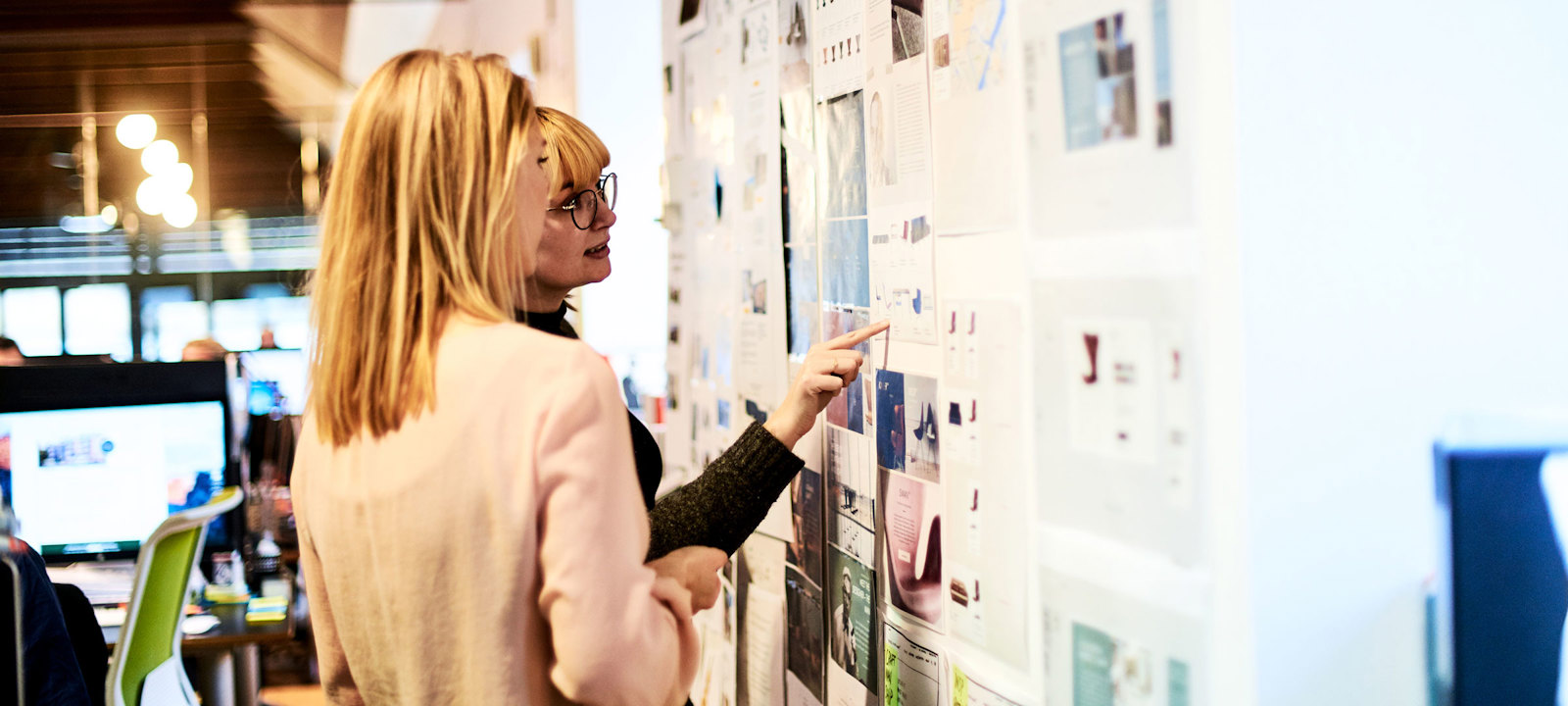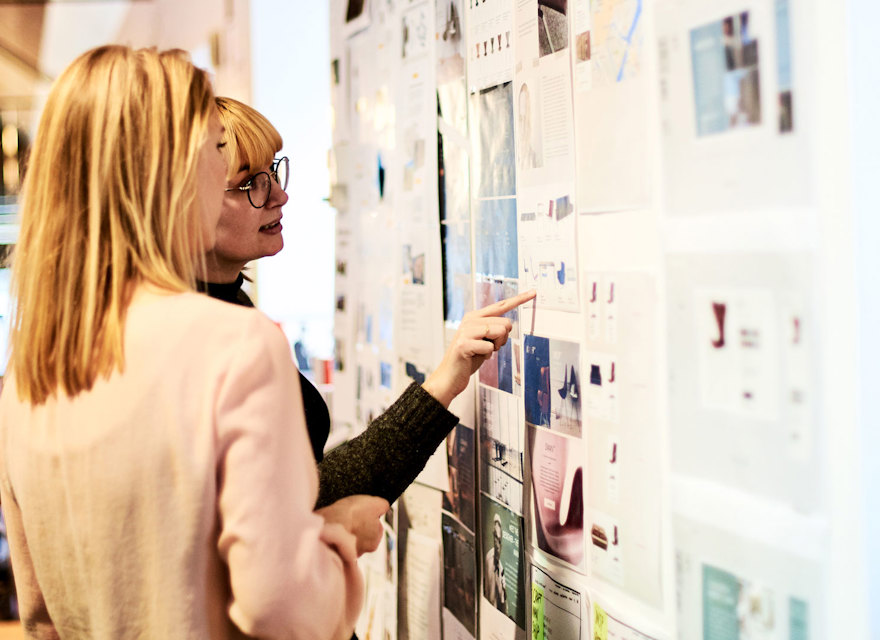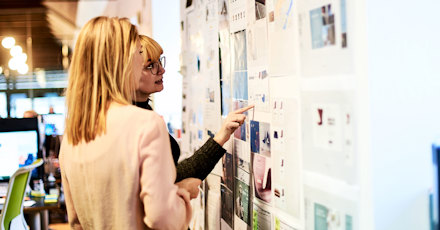L’Oréal came to Valtech wanting just such a digital transformation. In an effort to deepen brand loyalty and improve the online experience for their billion-plus consumers, they want to become the No. 1 digital beauty brand in the world. L’Oréal wants to move from “business as usual” to “digital first.” It’s an ambitious plan that means refreshing and relaunching 600 websites for 15 brands in 60 countries in three years.
We started by partnering with Sitecore to develop a “website factory” that would serve as a marketplace of reusable web templates and functionality. Individual L’Oréal brands across 60 countries, each with widely varying needs, would use the website factory to create and deploy websites quickly and easily. In other words, the website factory—in itself a sophisticated program with many agile components—enables and drives the digital transformation happening throughout the company. As such, it required an efficient, strategic, and innovative approach to change. Rather than aiming for perfection with the website factory, we focused on enabling brands’ quick and correct web implementation.
Enter design thinking
Design thinking is a user-centric process that, rather than delivering a final solution up front, examines and creates possible solutions for both present and future aspects of a problem. Design thinking uses a fluid, flexible, hands-on, and consumer-centric approach to solving problems. The reality is that most innovations come from a process of rigorous examination through which great ideas are identified and developed before being realized as new offerings and capabilities.
Design thinking is one of the processes, and if digital transformation presents problems that are complex and undefined, it appropriately embraces the idea of fluidity—that reaching the best decision is a process of working with every team and delaying decisions until accurate information is presented. Design thinking recognizes the domino effect that decisions made by one discipline will undoubtedly affect others. At Valtech, two factors influence a client’s digital transformation:
- First, design thinking depends on digital transformation, as they work together. The duo is helpful for most companies but thrives in more mature and agile corporations
- The second part is finding the right balance between business and user experience. Asking questions like, “Who are our users, and what problems are they experiencing?” and “How are we promoting the design to boost consumption, engagement, and improve performance?”
Five stages of design thinking
Here are the five stages of design thinking that help with digital transformation:
- Empathize—understand people, their behaviours, and their motivations. Because people often don’t know, or can’t articulate, these things explicitly, your understanding emerges through watching users and their behaviours in context to identify patterns, ask questions, and challenge assumptions
- Define—create an actionable problem statement to define the right challenge to address, as well as the set of needs that are important to fulfill, based on the organization, its goals, and the perspective of end users
- Ideate—leverage techniques such as brainstorming, mind mapping, sketching, or creating paper prototypes to step back, go wide, and come up with more innovative or impactful solutions that weren’t originally envisioned
- Prototype—bring ideas to life by showing, not telling; quickly create working prototypes to put something into users’ hands and begin to collect real-world feedback
- Test—learn from users’ experience, iterate, and repeat the process as needed until reaching a Minimum Viable Product (MVP)
Another point about the L’Oréal project is that when design thinking and agile were applied together, it created a mutually reinforcing environment focused on user-centricity and rapid iteration as a means of reaching optimal outcomes. Design thinking brings a strong user focus while agile is an excellent way to incrementally deliver solutions, ensuring user needs are kept front and center throughout the entire design and development process.
Design thinking and agile
We stay focused on high-value, low-risk opportunities to gain experience using design thinking and agile together. Then, as our capability matures, we take on more challenging initiatives. And to facilitate the required creativity, we create cross-functional teams that work together to design and develop solutions. The team should be physically collocated with end users to promote frequent collaboration.
Because agile teams are often inclined to “start coding,” mixing agile and design thinking for the first time may create tension about how much time to spend on design thinking before beginning development. Make sure the team understands the value of the empathy, definition, and ideation phases, in particular, and that design thinking is not leveraged only at the front end of the process. In fact, the team should be prepared to jump to the beginning at any point to uncover new user insights and reframe the problem, and then continue development with a renewed sense of “why.”
These questions also need to be addressed from a data perspective. Support and attention to details must be a full-time job in design thinking and digital transformation.
A clear future
Digital transformation is reinventing business practices. Today, technological capabilities are continually improving, and organizations must integrate these digital innovations into their company cultures to stay competitive.






